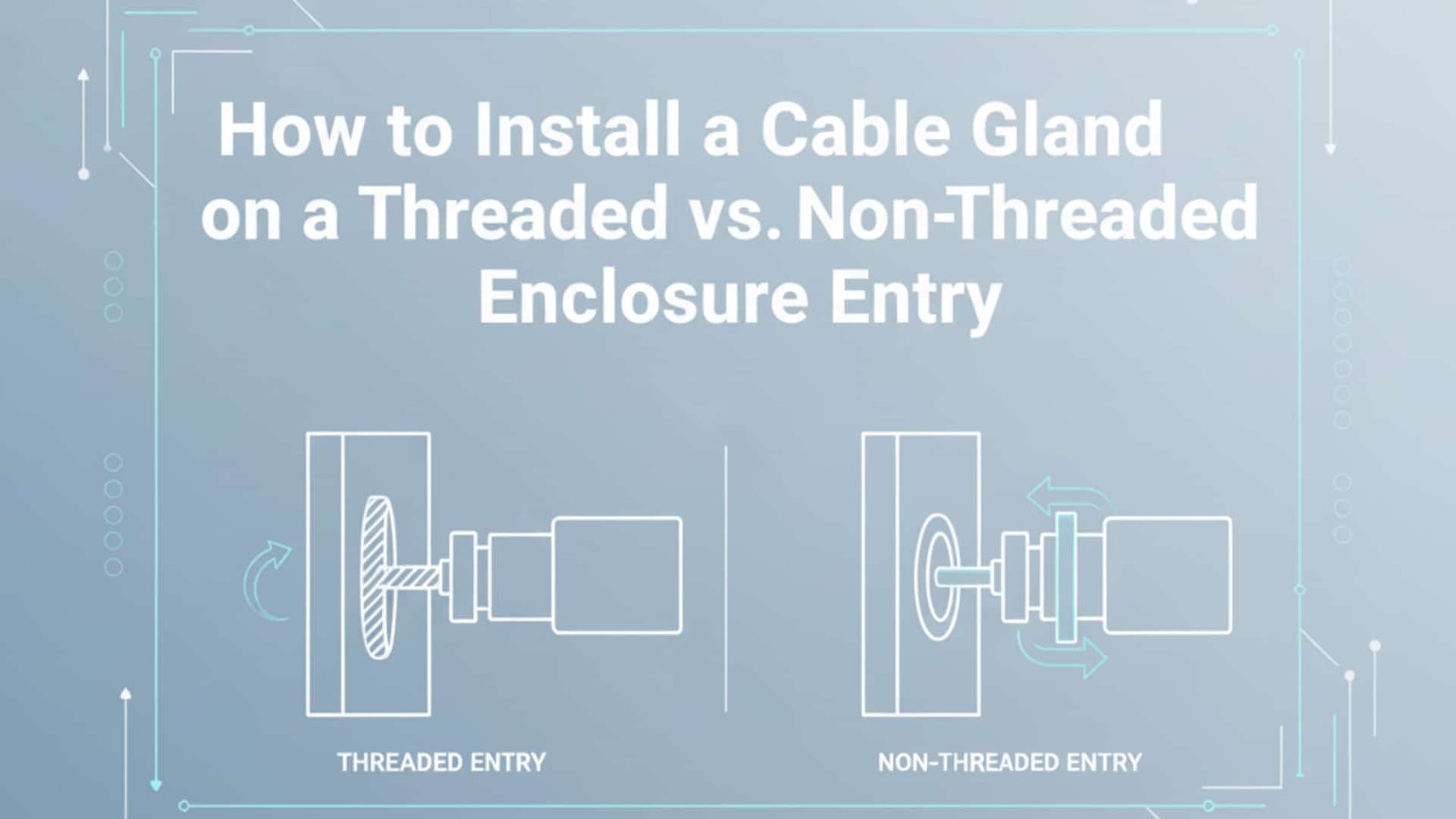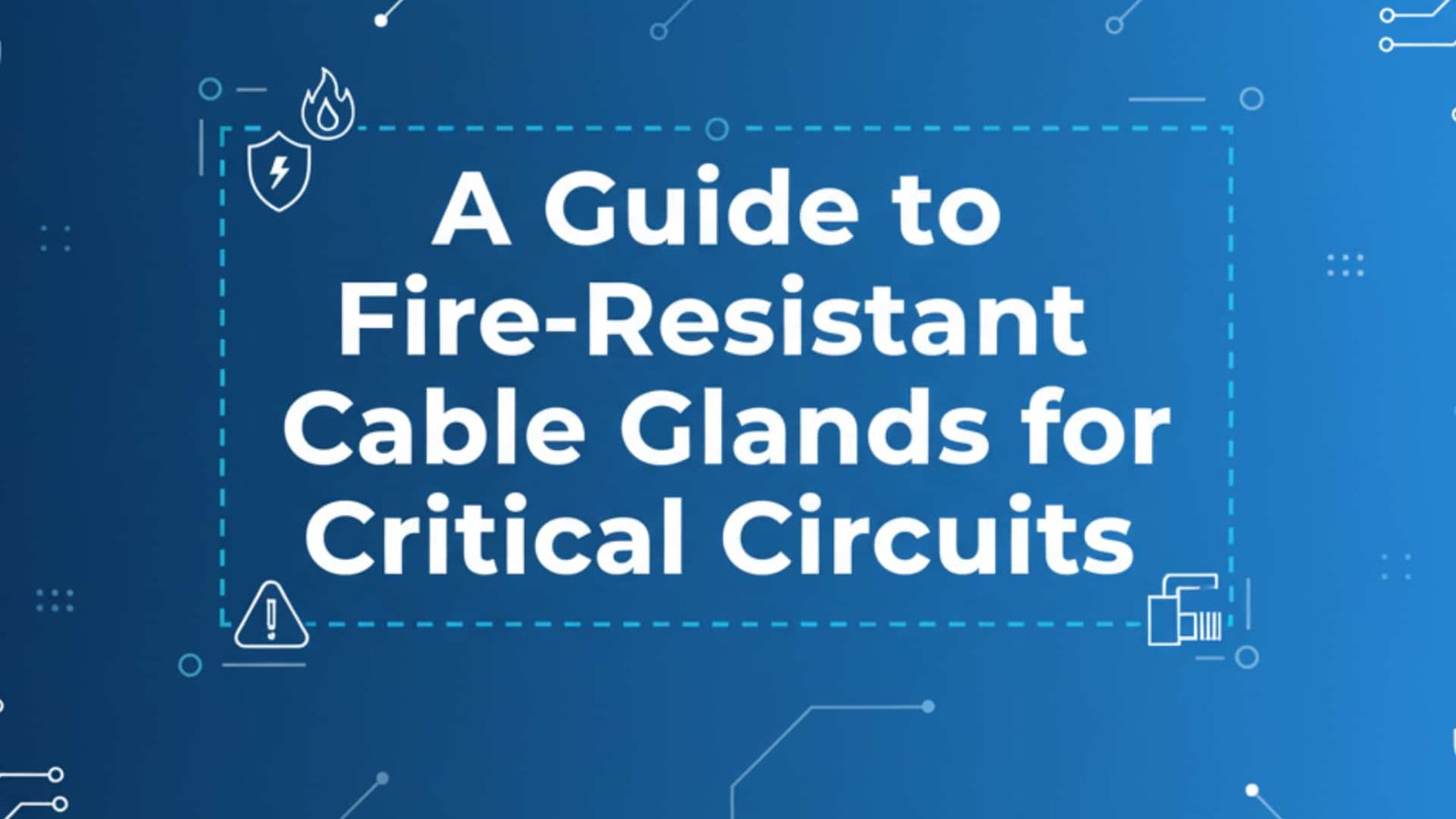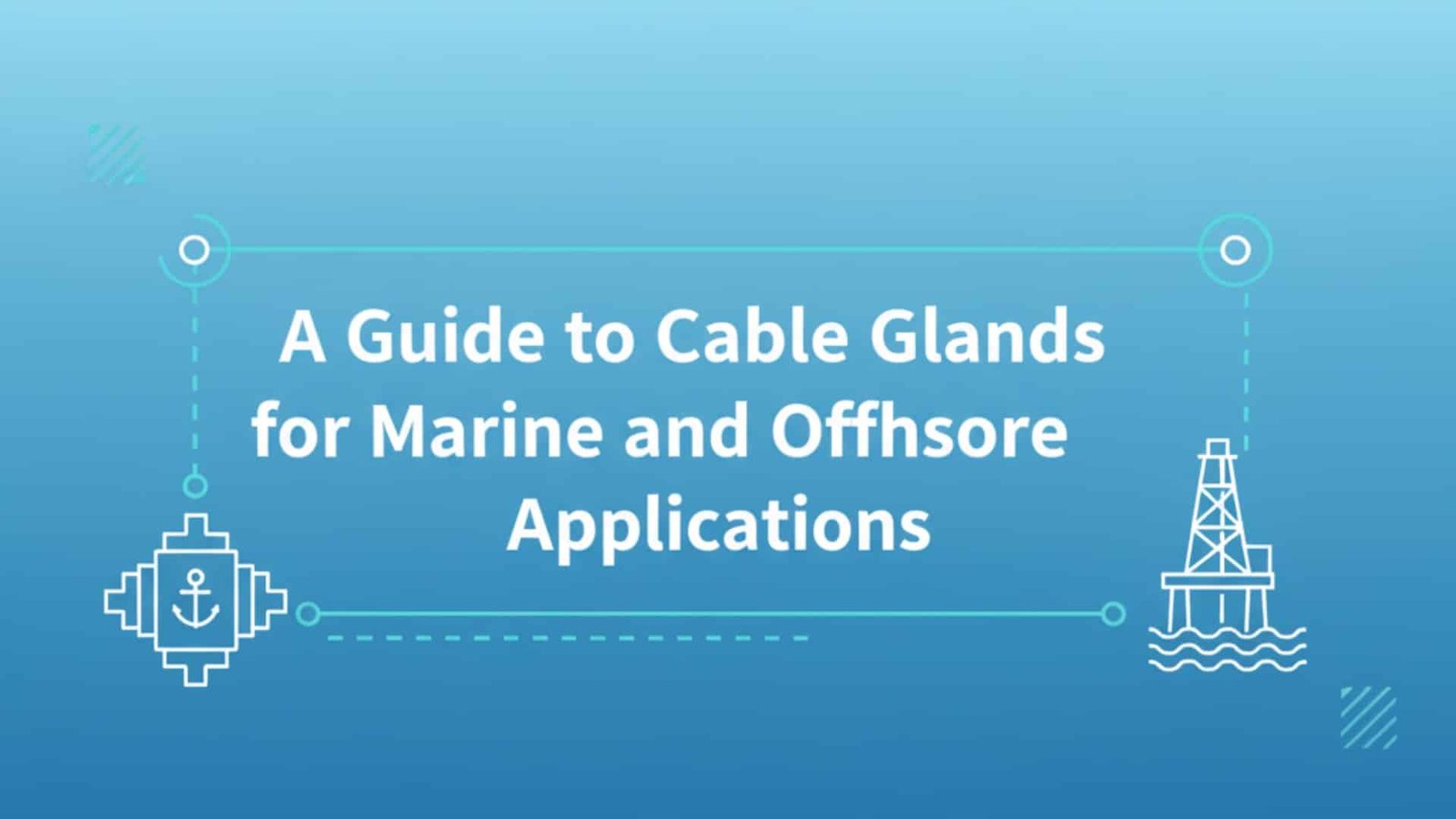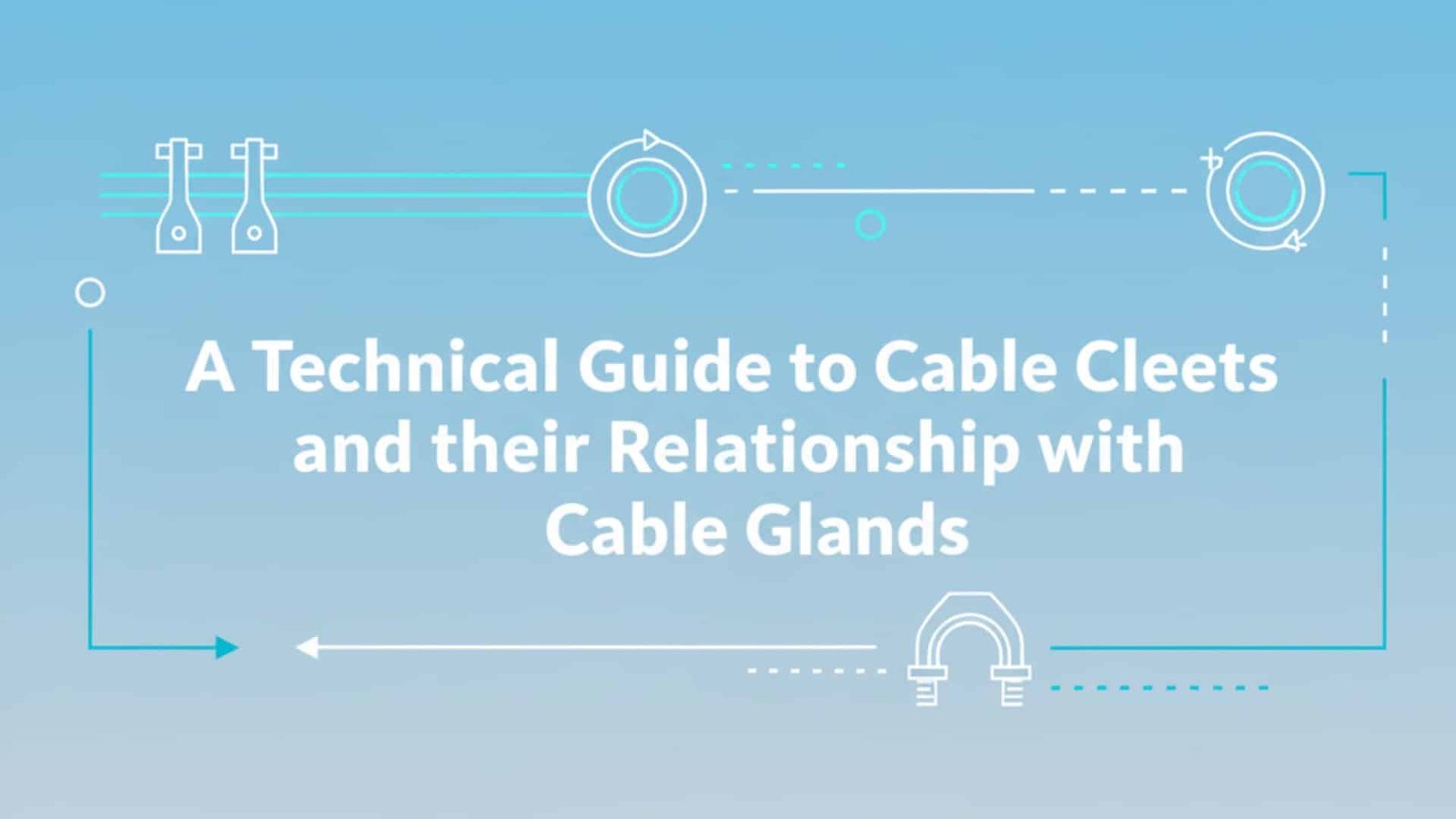
A Deep Dive into the Construction of an A2 Type Brass Cable Gland
A2 type brass cable glands feature a robust multi-component construction including a brass body with metric threads, compression sealing system, strain relief mechanism, and integrated earthing continuity, designed specifically for armored cable termination with IP68 environmental protection and mechanical durability for industrial applications requiring long-term reliability.





